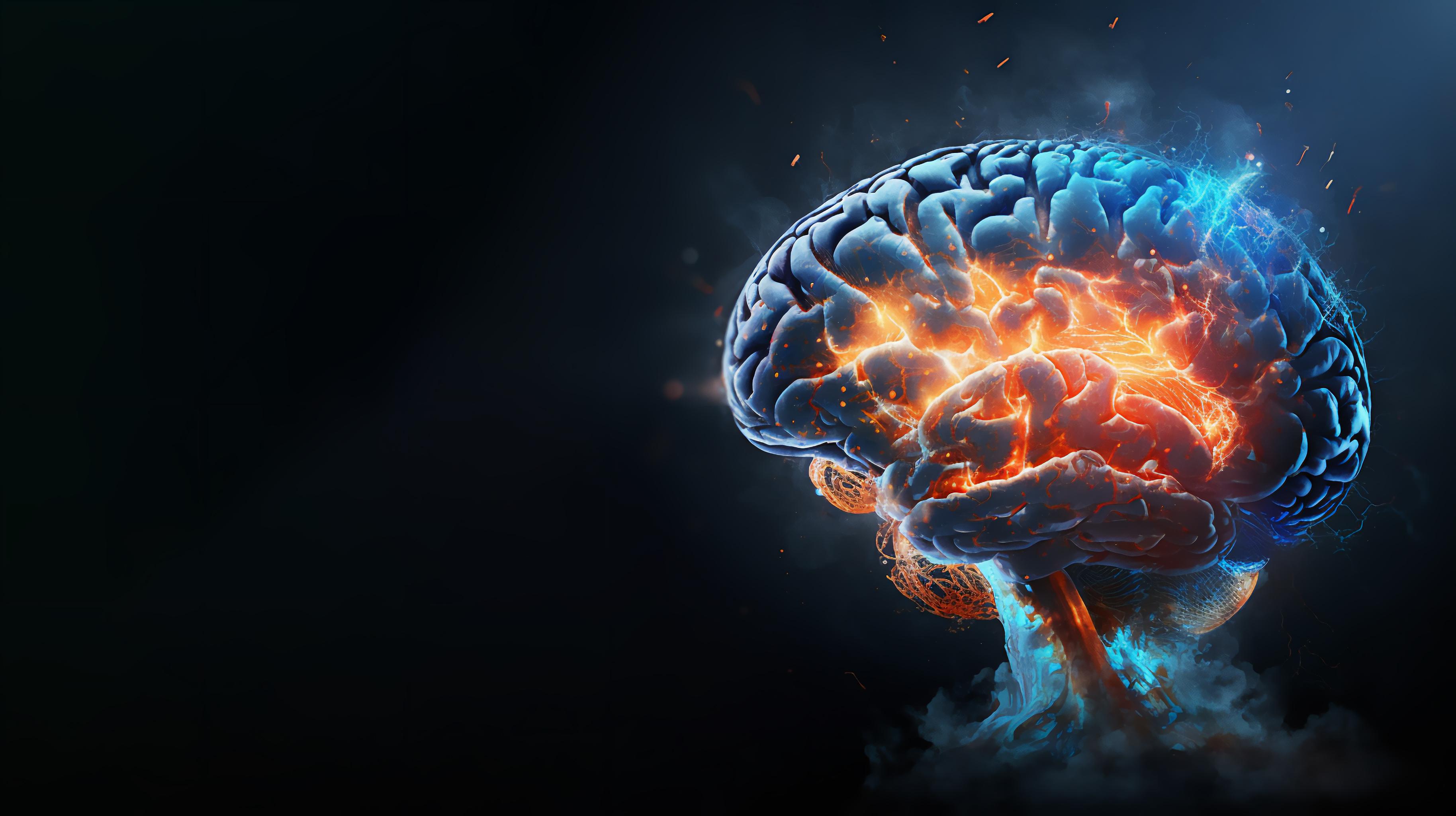In the United States, a patient suffering from Lou Gehrig’s disease has managed, through thought thanks to a brain implant, to use Alexa, Amazon’s virtual assistant, to make video calls, listen to music, or even turn the lights on and off.

- A patient with Lou Gehrig’s disease has managed to use Amazon’s virtual assistant Alexa through thought thanks to a brain implant.
- Thanks to this technology, he was able to make video calls, listen to music, or even turn the lights on or off.
- In France, 7,000 people are affected by Charcot’s disease, according to the Brain Institute.
At 64, Mark is the first patient with Lou Gehrig’s disease to have successfully used Alexa, Amazon’s virtual assistant, using only his thoughts, without using his hands or his voice.
A brain implant on the surface of the motor cortex
With a brain implant, Mark was able to command Alexa to do pre-programmed things like make video calls, play music, turn lights on and off, or read on an e-reader.
This brain implant is inserted into a blood vessel on the skull, on the surface of the motor cortex. The surgery to install it is minimally invasive, and does not require open brain surgery.

A connection between thought and machine
Once installed, this implant provides the connection – wirelessly – between the mind and the machine (an Amazon Fire tablet). A technology called BCI for brain-computer interface, which can be translated, in French, as brain-machine interface.
“Being able to control important aspects of my environment and access to entertainment gives me back the independence I lost.”, explains Mark, in a press release published by the company Synchron, which manufactures the implants.
Lou Gehrig’s disease, also called amyotrophic lateral sclerosis (ALS), is a neurodegenerative disease characterized by progressive paralysis with fatal outcomes.after 3 to 5 years of evolution on average“, according to National Institute of Health and Medical Research (Inserm). In France, 7,000 people are affected by Charcot’s disease, according to the brain institute.
This technology constitutes, according to Tom Oxley, founder and CEO of Synchron, “a bridge between neurotechnology and consumer technology, giving paralyzed people the ability to regain control of their environment”.
Last January, the start-up Neuralink installed a brain implant in a patient who had been quadriplegic since a diving accident. At the time, Elon Musk clarified that this implant had to “to allow you to control your phone or computer, and through them, almost any device, simply by thinking.”


















